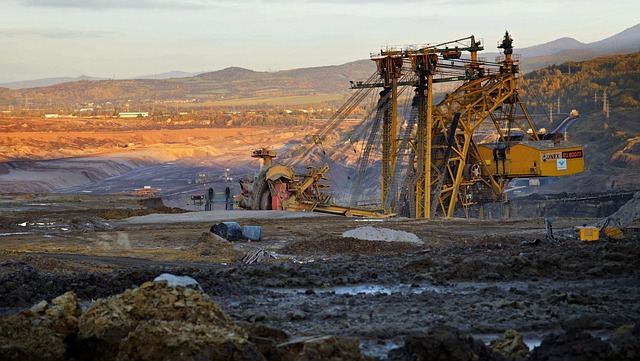As we navigate through the complexities of our planet’s changing climate, one prevalent factor continuously emerges: coal. The implications of coal emissions extend far beyond the immediate area of pollution, making its way into the global narrative about environmental health and climate change.
Coal, once heralded as the backbone of industrial progress, has now become a symbol of environmental degradation. The burning of coal releases a multitude of harmful substances into the atmosphere. Among these, carbon dioxide (CO2) stands out as the leading greenhouse gas contributing to global warming. Each time we burn coal for energy, we are effectively adding to a burgeoning blanket of CO2 that traps heat in our atmosphere, raising global temperatures and disrupting weather patterns.
But the impact of coal doesn’t stop at CO2. The combustion process emits sulfur dioxide (SO2) and nitrogen oxides (NOx), which are precursors to acid rain and smog, leading to significant adverse effects on both human health and biodiversity. As these pollutants settle back to Earth, they can acidify lakes and streams, jeopardizing aquatic ecosystems and the communities that depend on them.
The relationship between coal emissions and climate change is a cycle of destruction. As coal continues to drive up temperatures, the planet faces intensified natural disasters and erratic weather patterns. This creates a feedback loop; higher temperatures lead to increased energy demand, which often results in the continued reliance on coal and subsequent emissions.
Globally, countries are acknowledging the pressing need to transition away from coal. Numerous nations are investing in renewable energy sources, prioritizing sustainability as a keystone of energy policy. The move towards cleaner alternatives not only mitigates emissions but also fosters a healthier environment, demonstrating that viable solutions exist.
It’s crucial for individuals and communities to recognize the role they play in this transition. Every time we choose renewable options — be it solar, wind, or hydro — we contribute to reducing the demand for coal. Collectively, these small choices can lead to substantial change in slashing emissions and countering climate change.
The transition from coal is not simply about addressing today’s environmental issues; it’s about protecting future generations from the devastating impacts of climate change. By prioritizing a sustainable future, we take an essential step toward a healthier planet. The burden of coal emissions need not be our legacy; instead, let’s shape a cleaner, more resilient environment for all.



